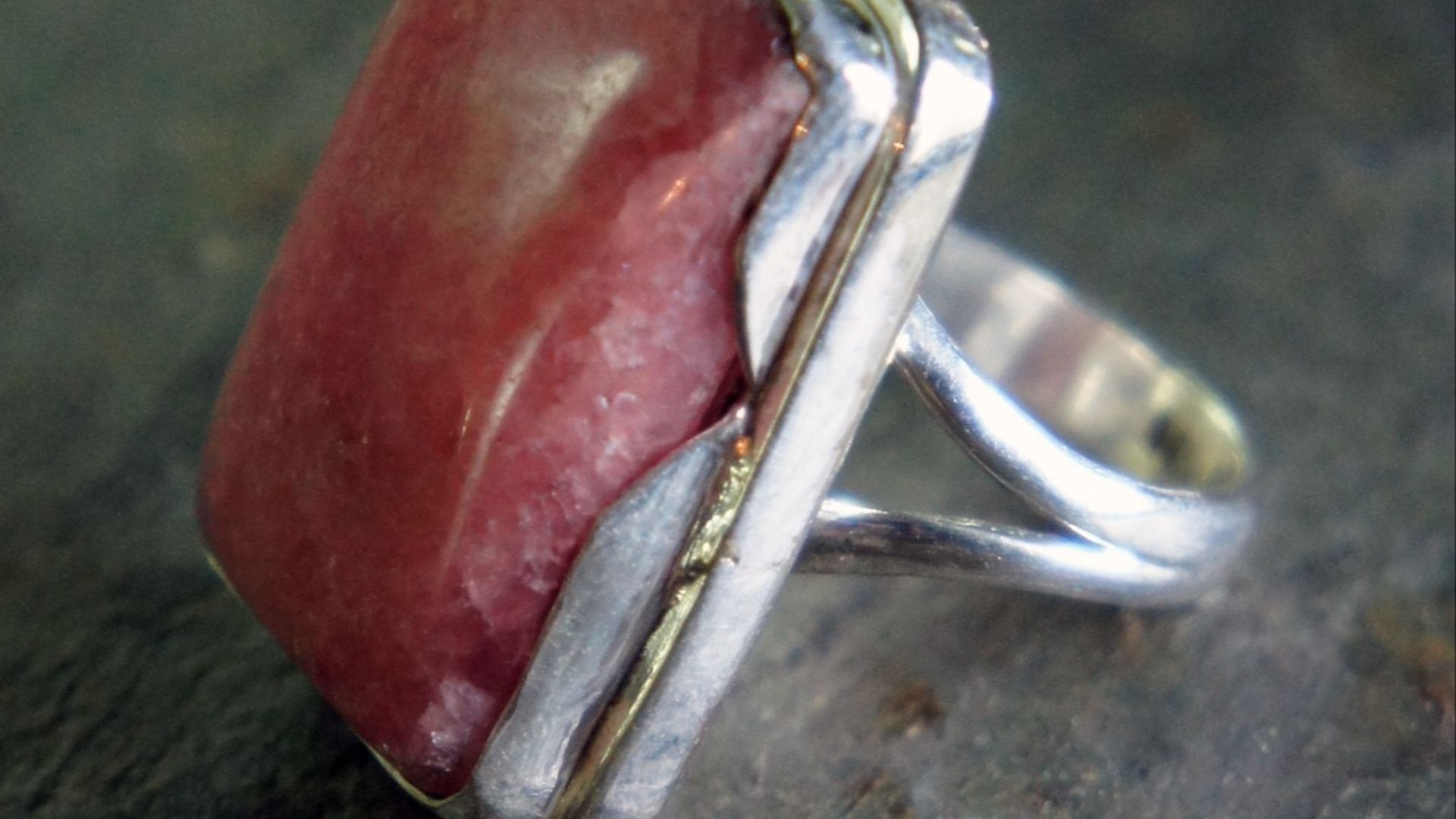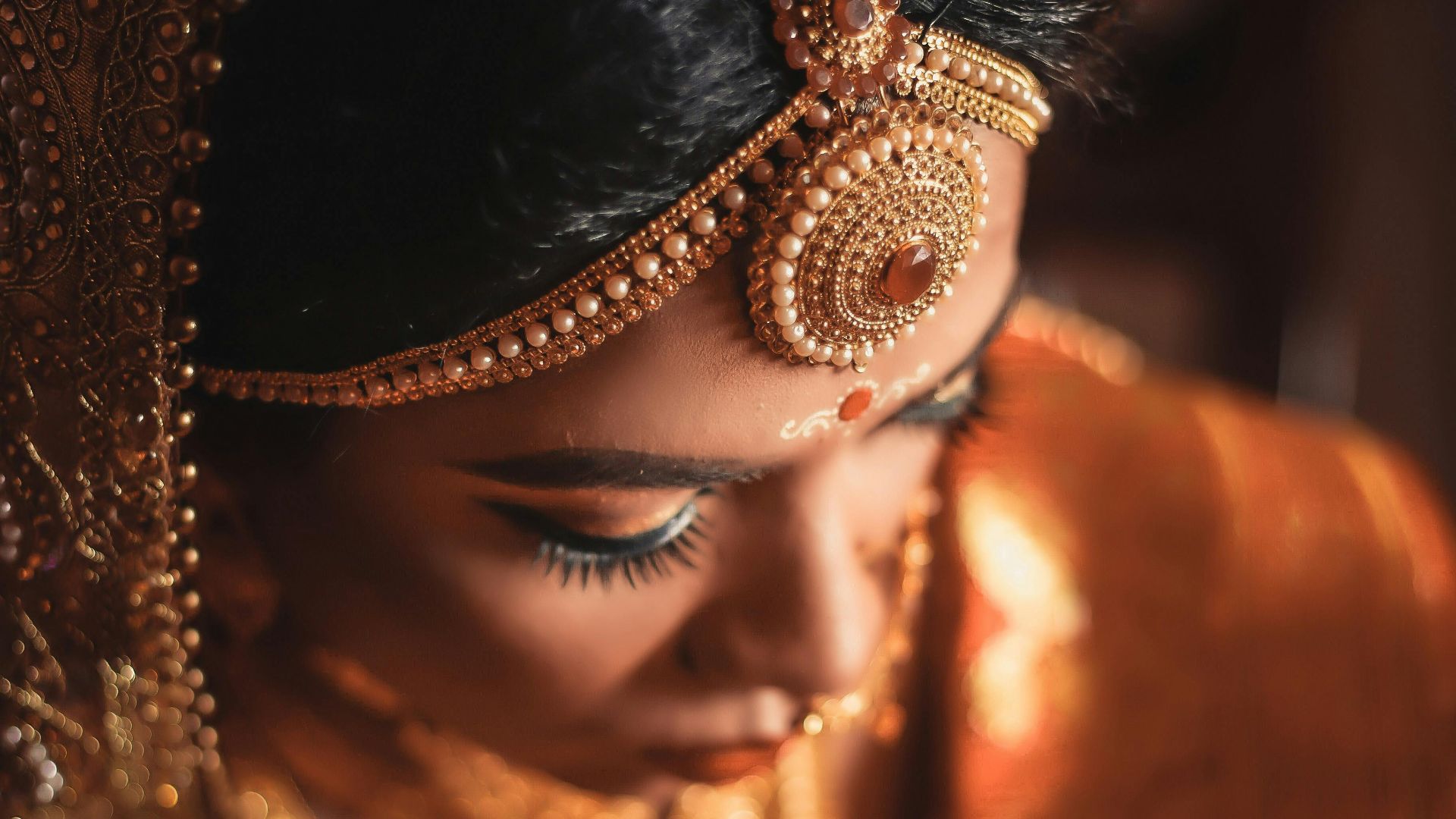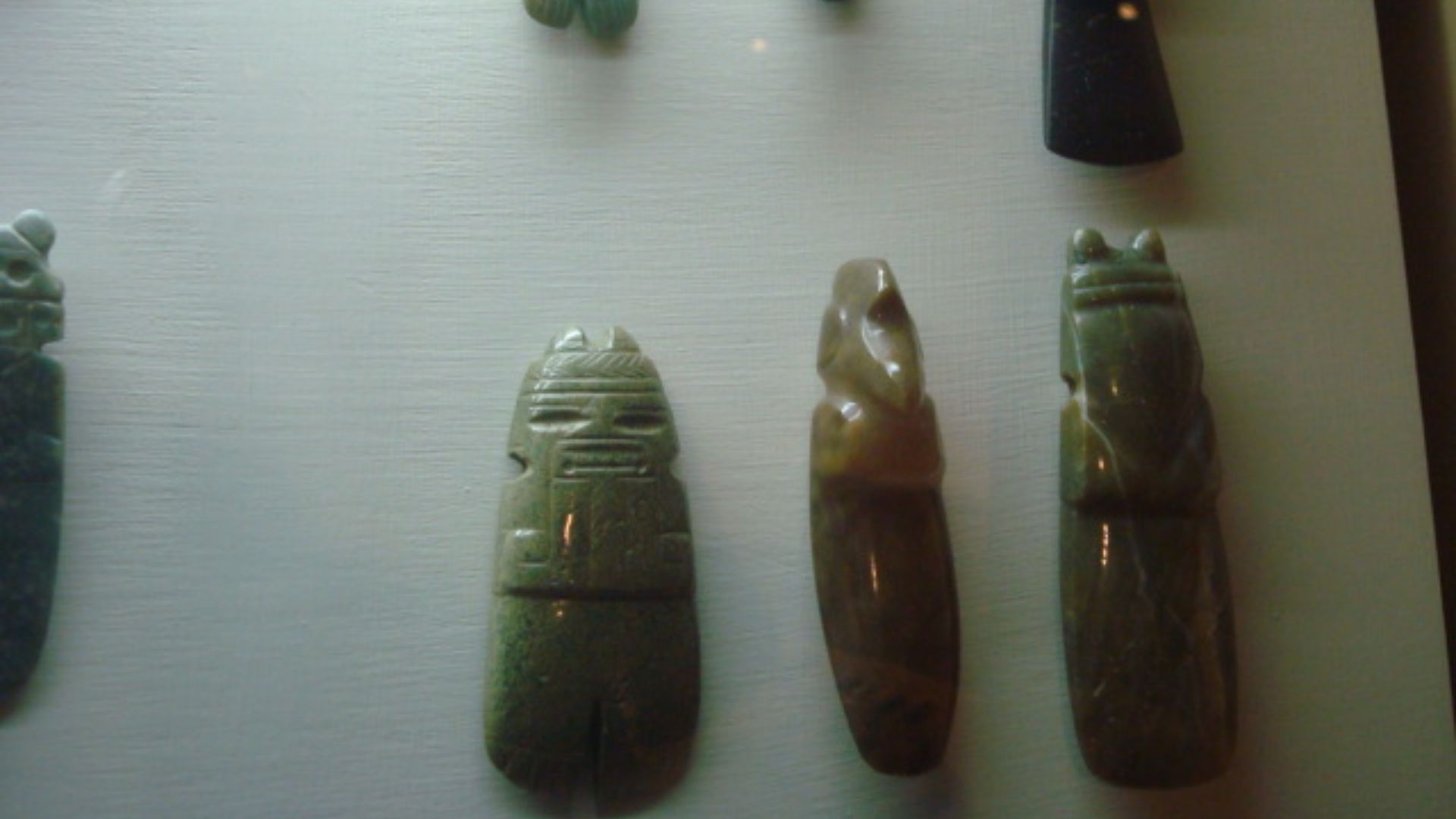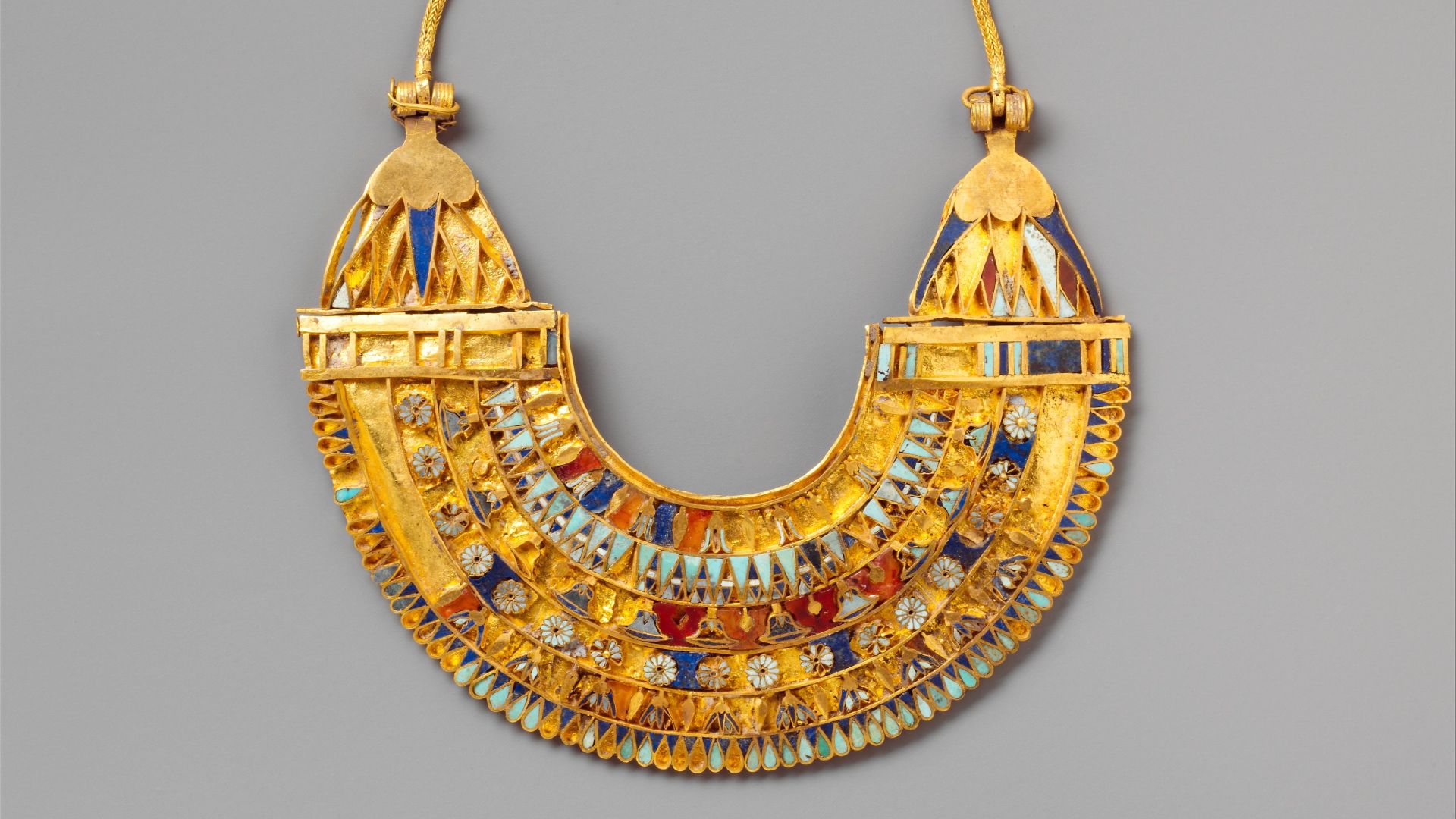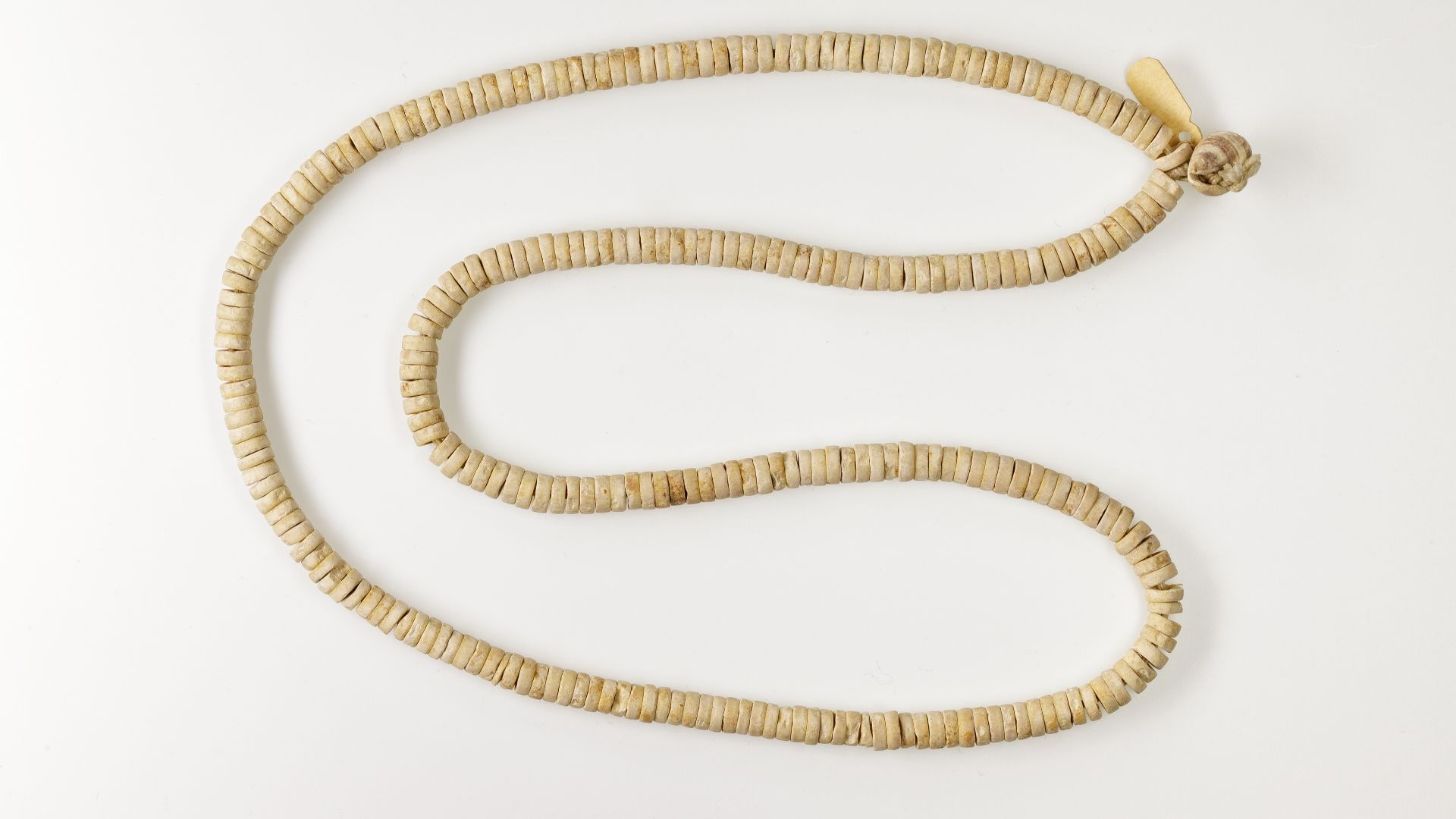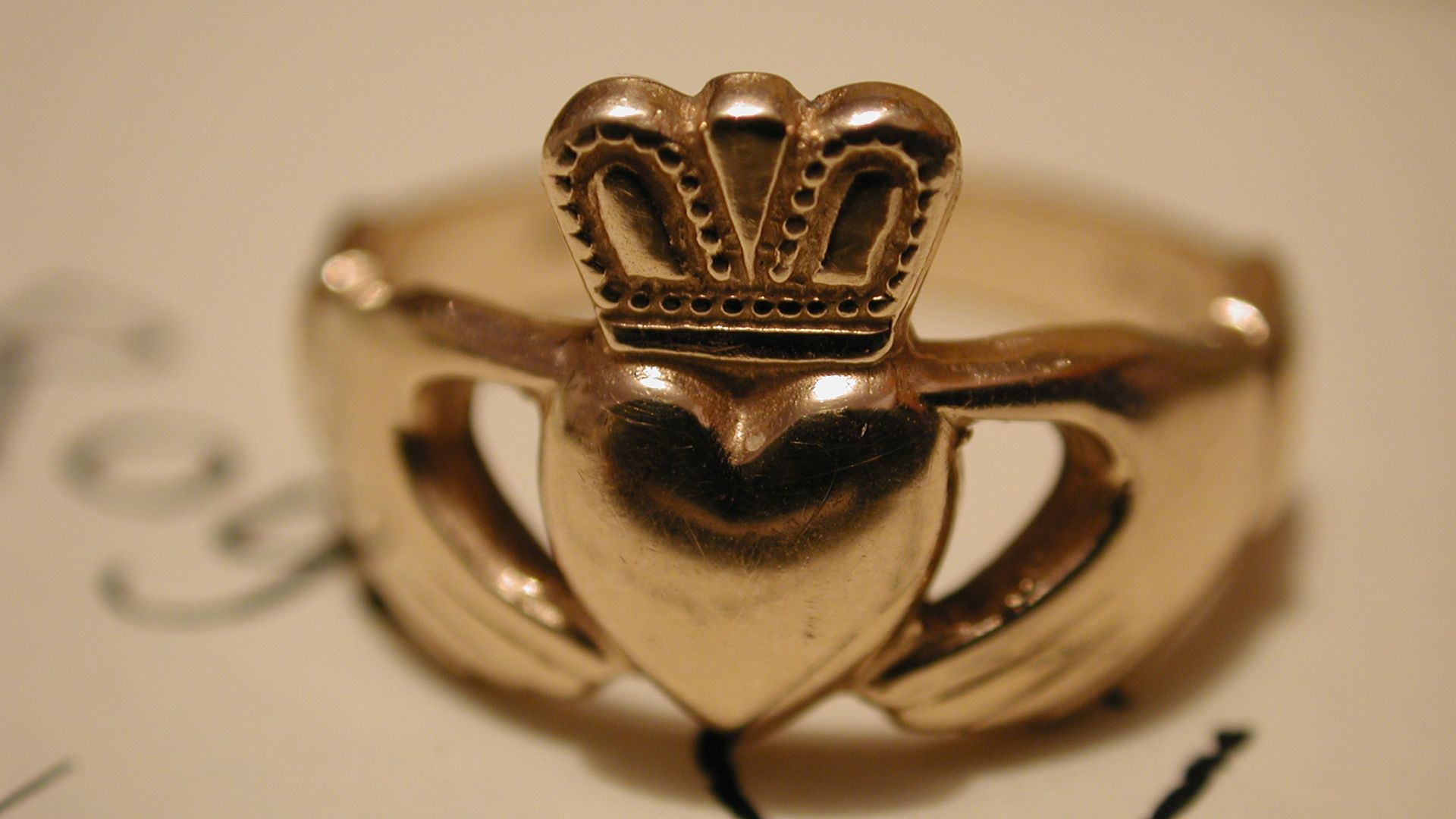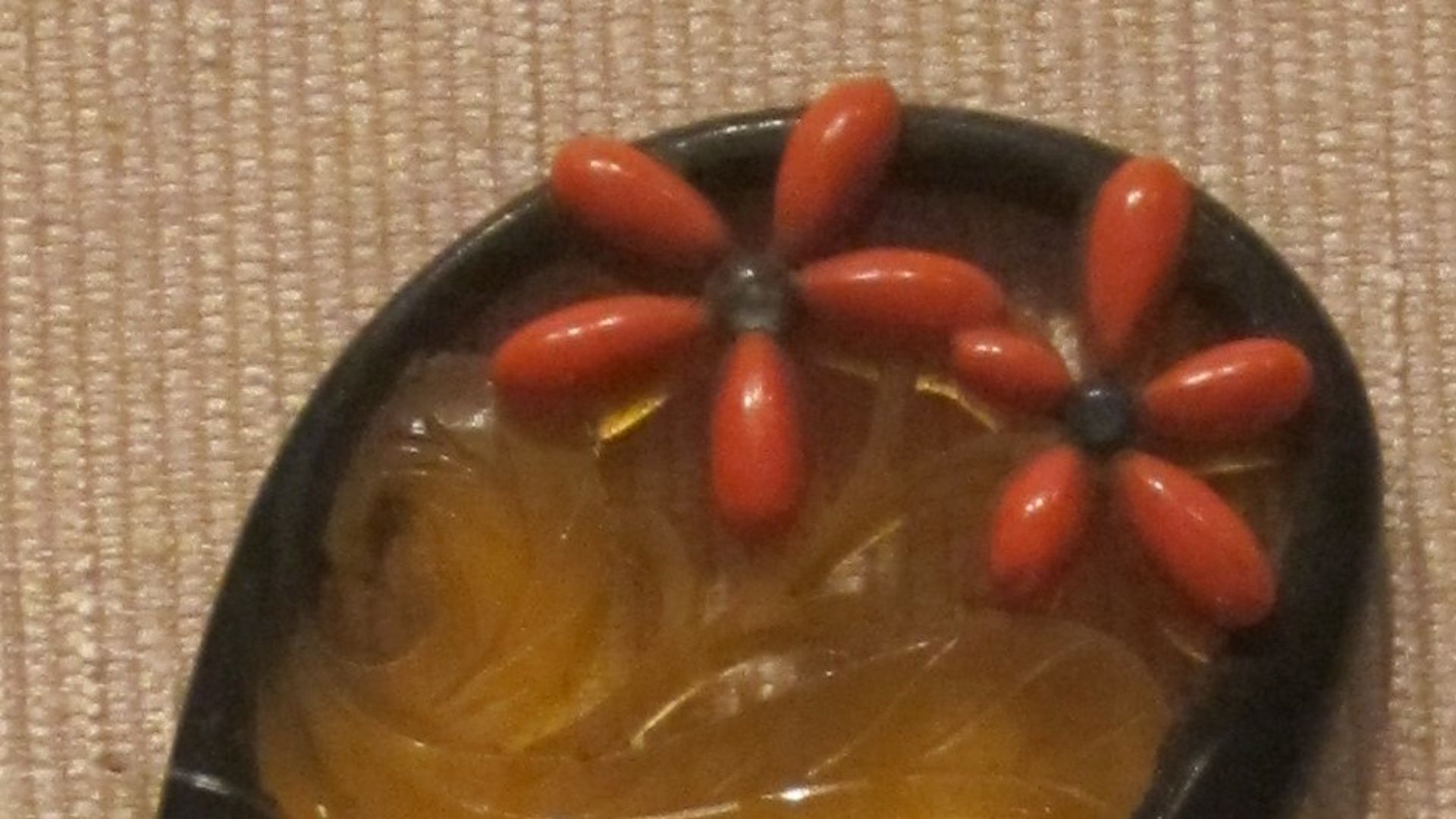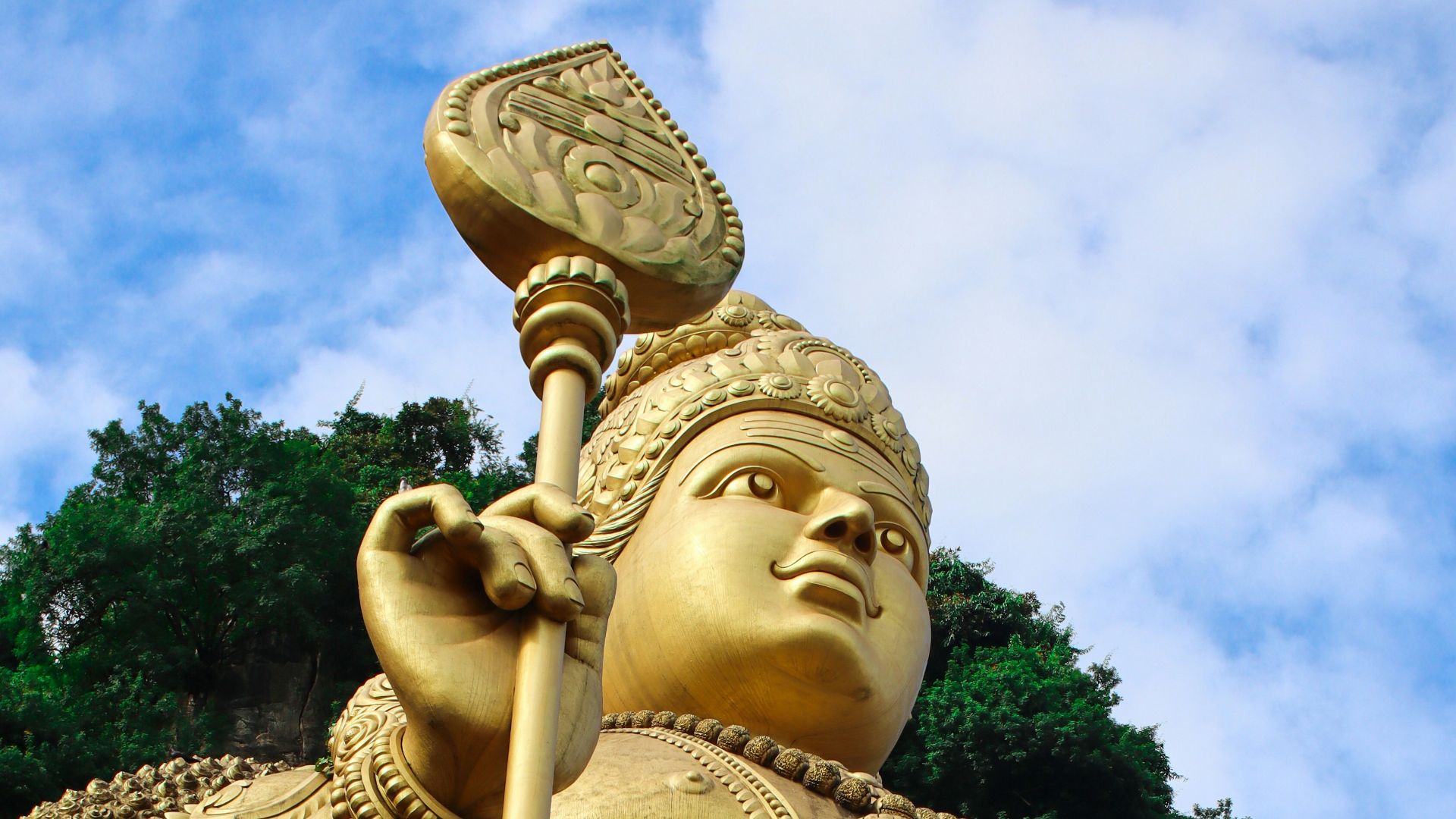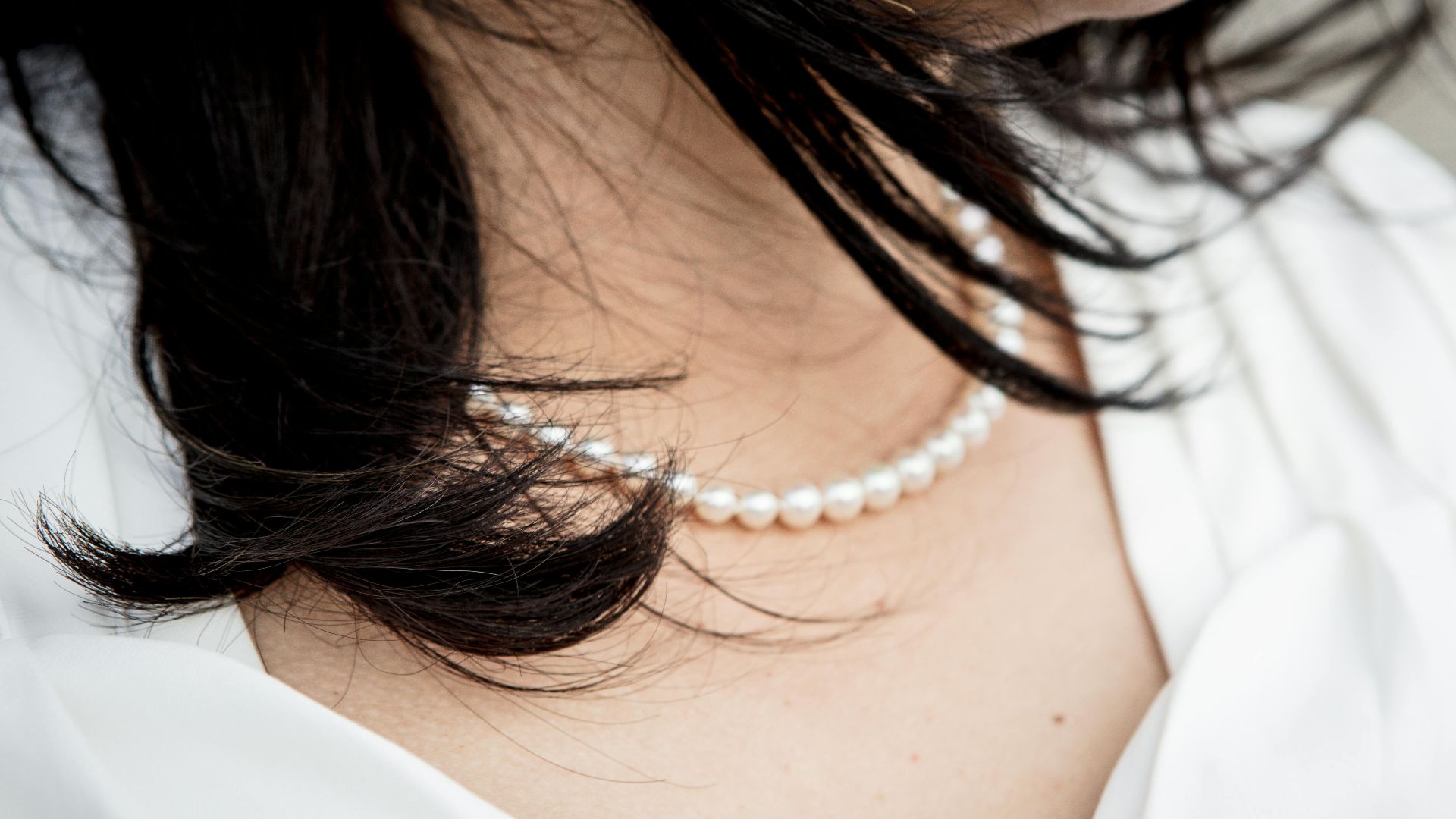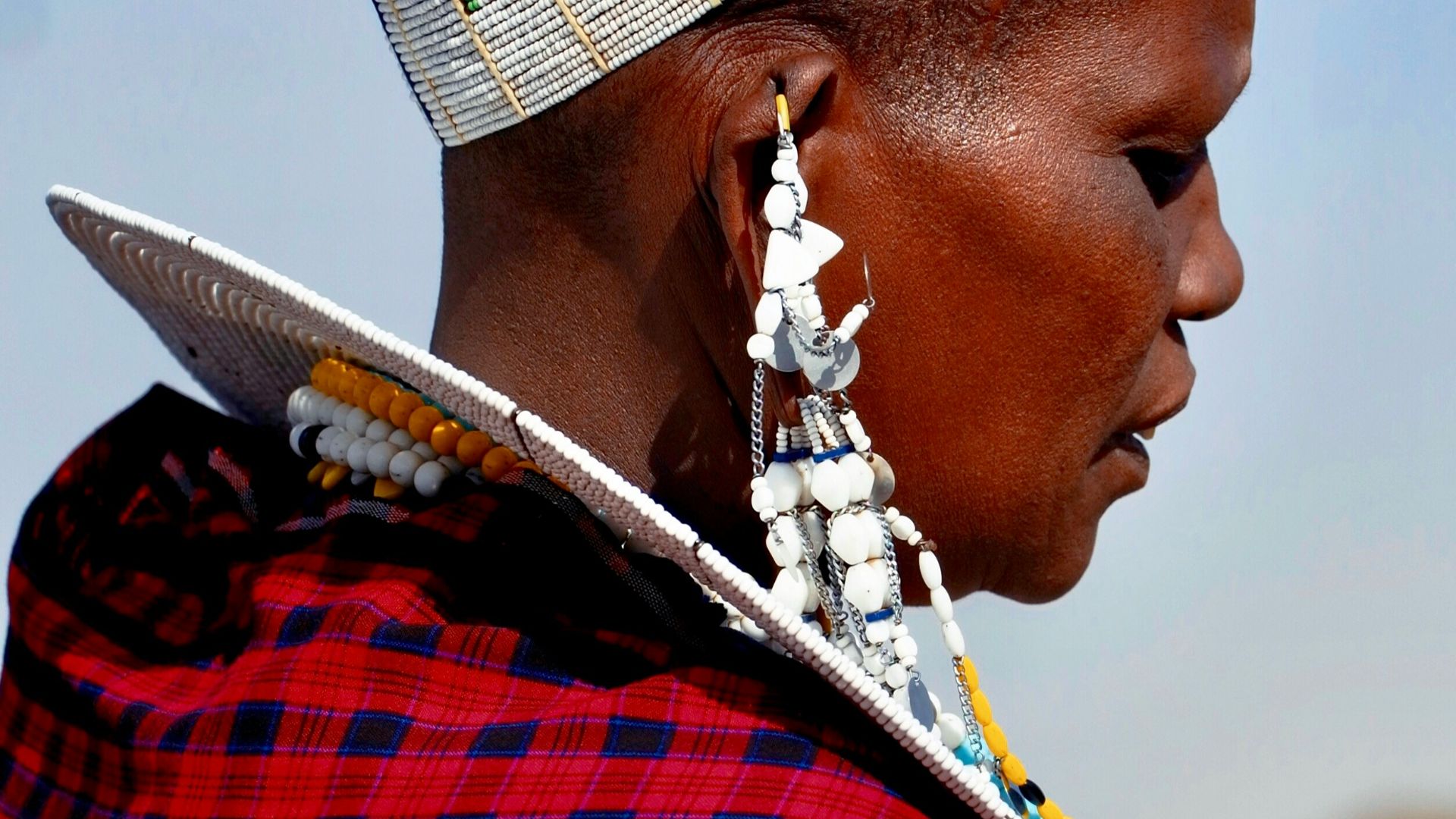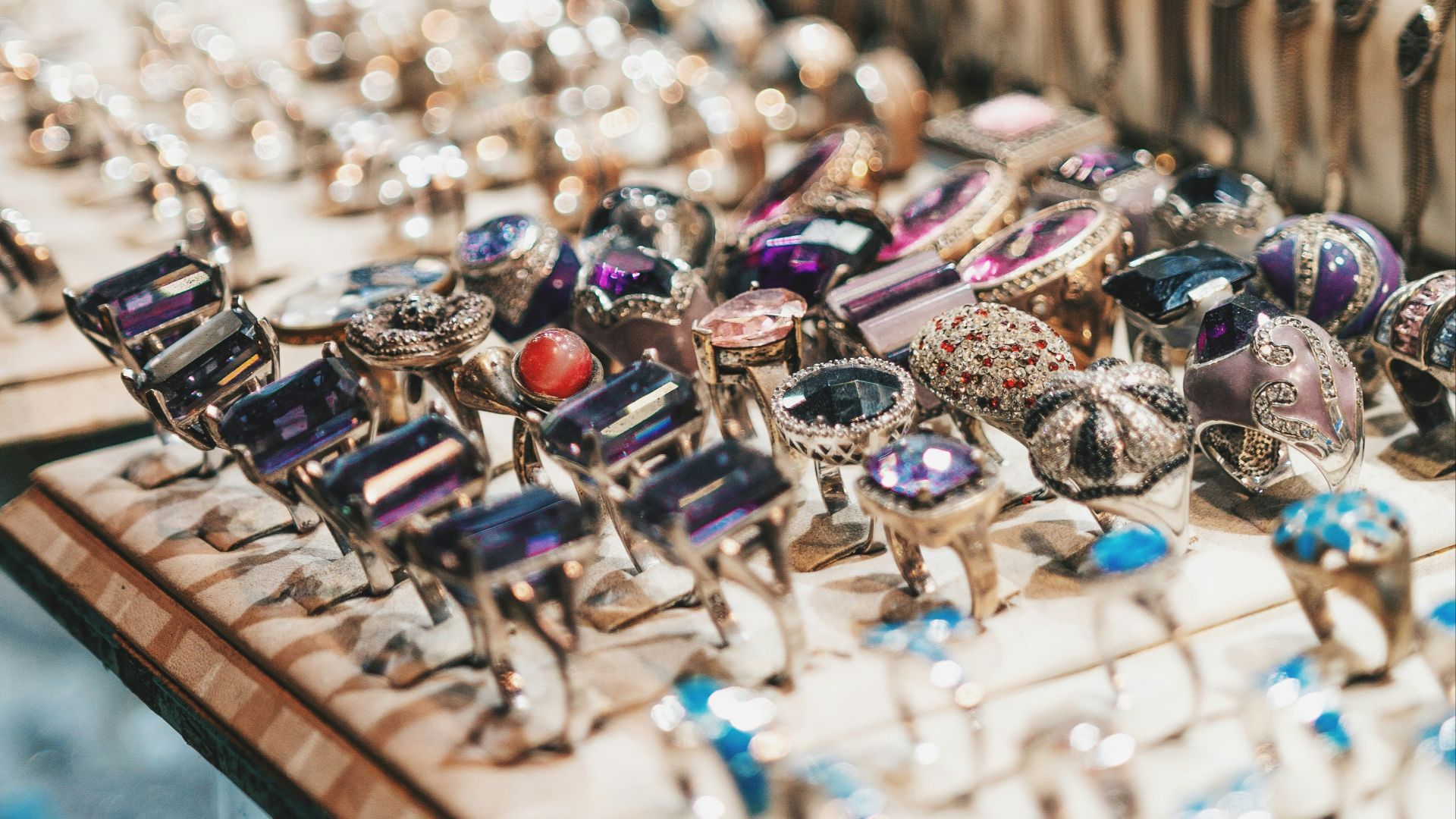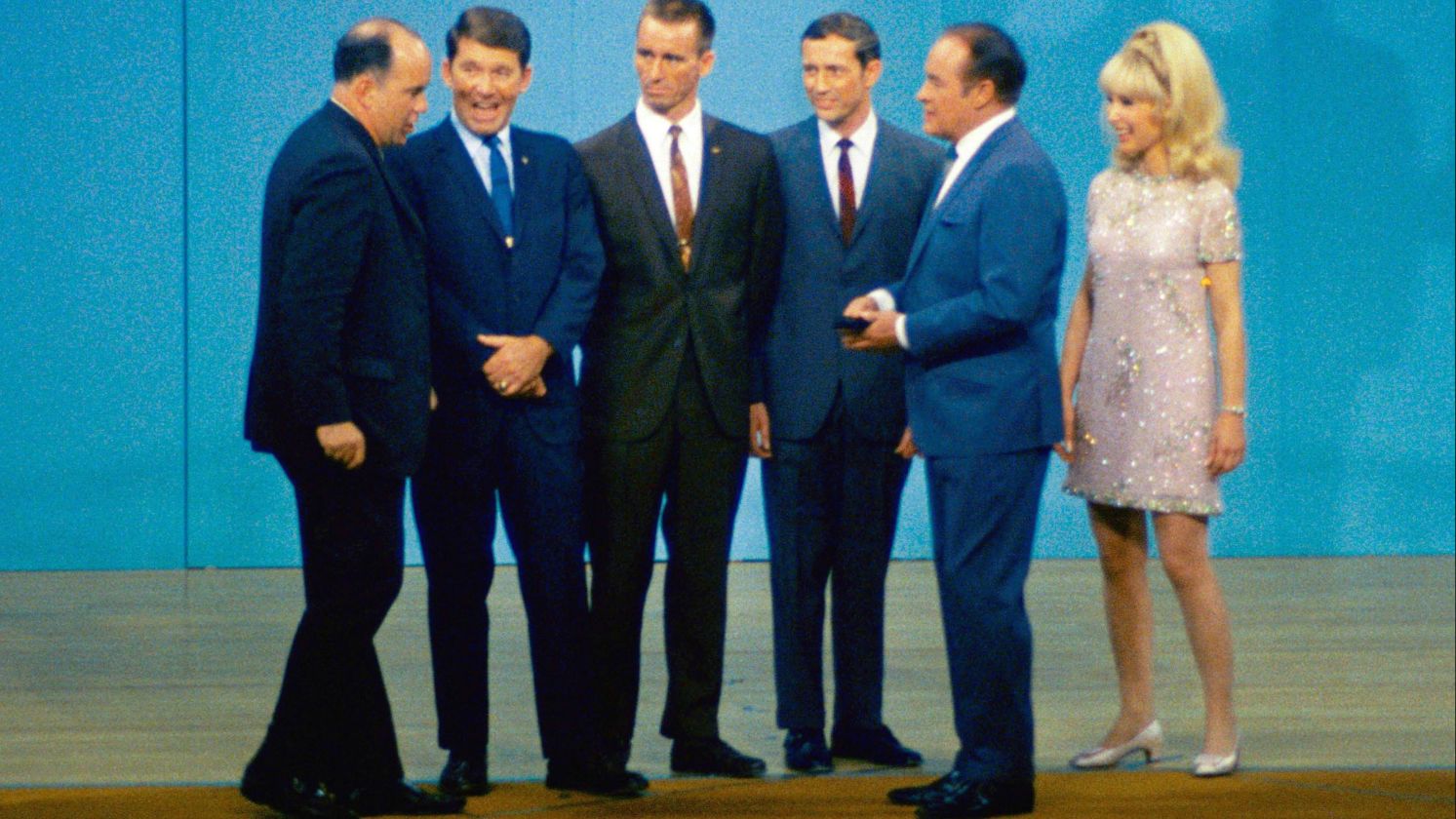Jewelry With Cultural Roots
People decorate themselves with jewelry across the globe that reflects culture and tradition. Many pieces are made from natural objects from the environment or pendants that symbolize ancient beliefs. From national gemstones to distinctive designs, certain elements define jewelry traditions around the world.
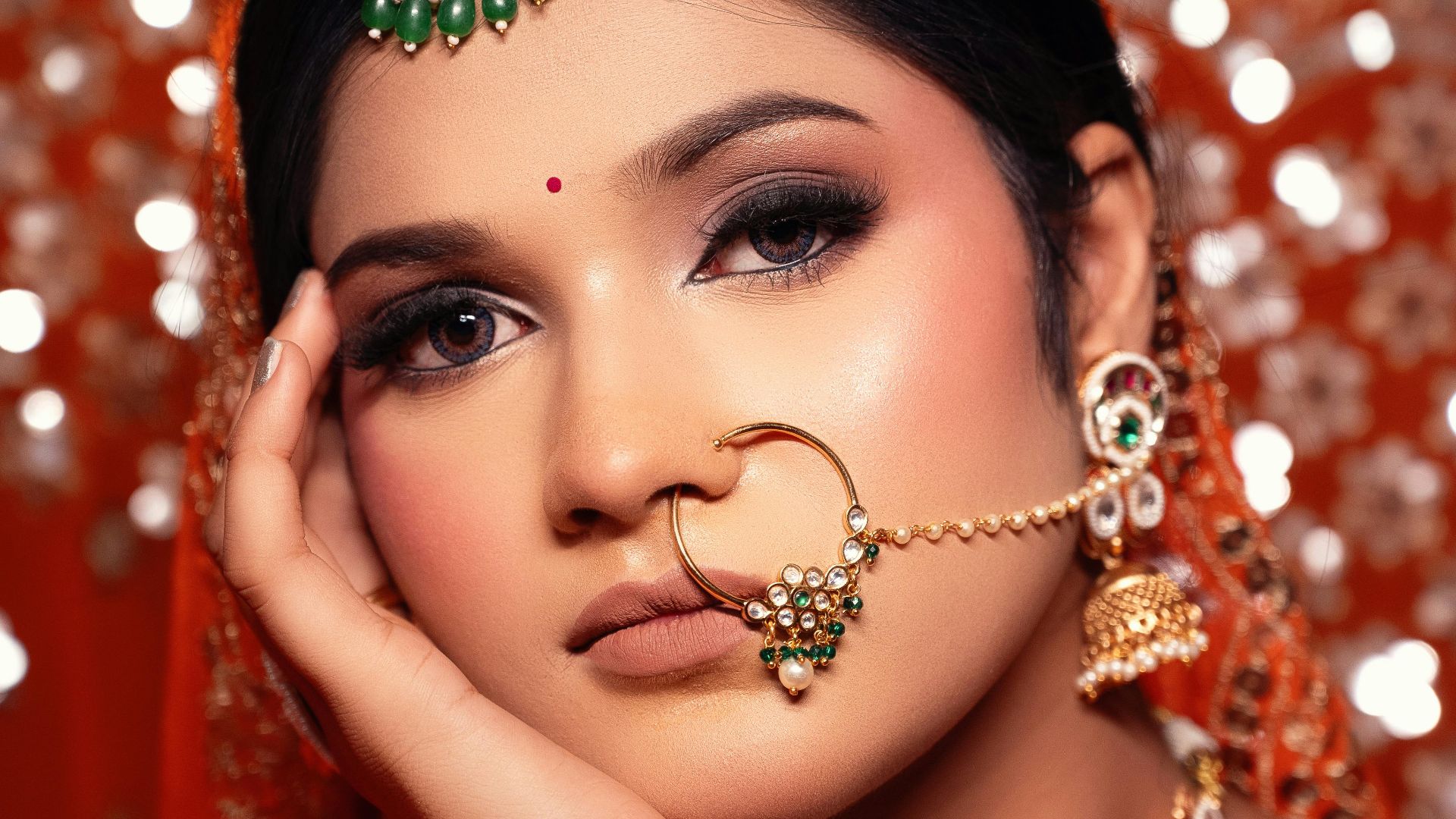 Sunshine Photography on Pexels
Sunshine Photography on Pexels
1. Algeria
Much of traditional Algerian jewelry stems from the Islamic religion with distinct pieces like tiaras, chandelier earrings, anklets, and necklaces made from natural elements. Common materials used are silver and colorful gemstones. An avezim, a decorative Algerian brooch, is often placed at the bedside of a newborn and the mother.
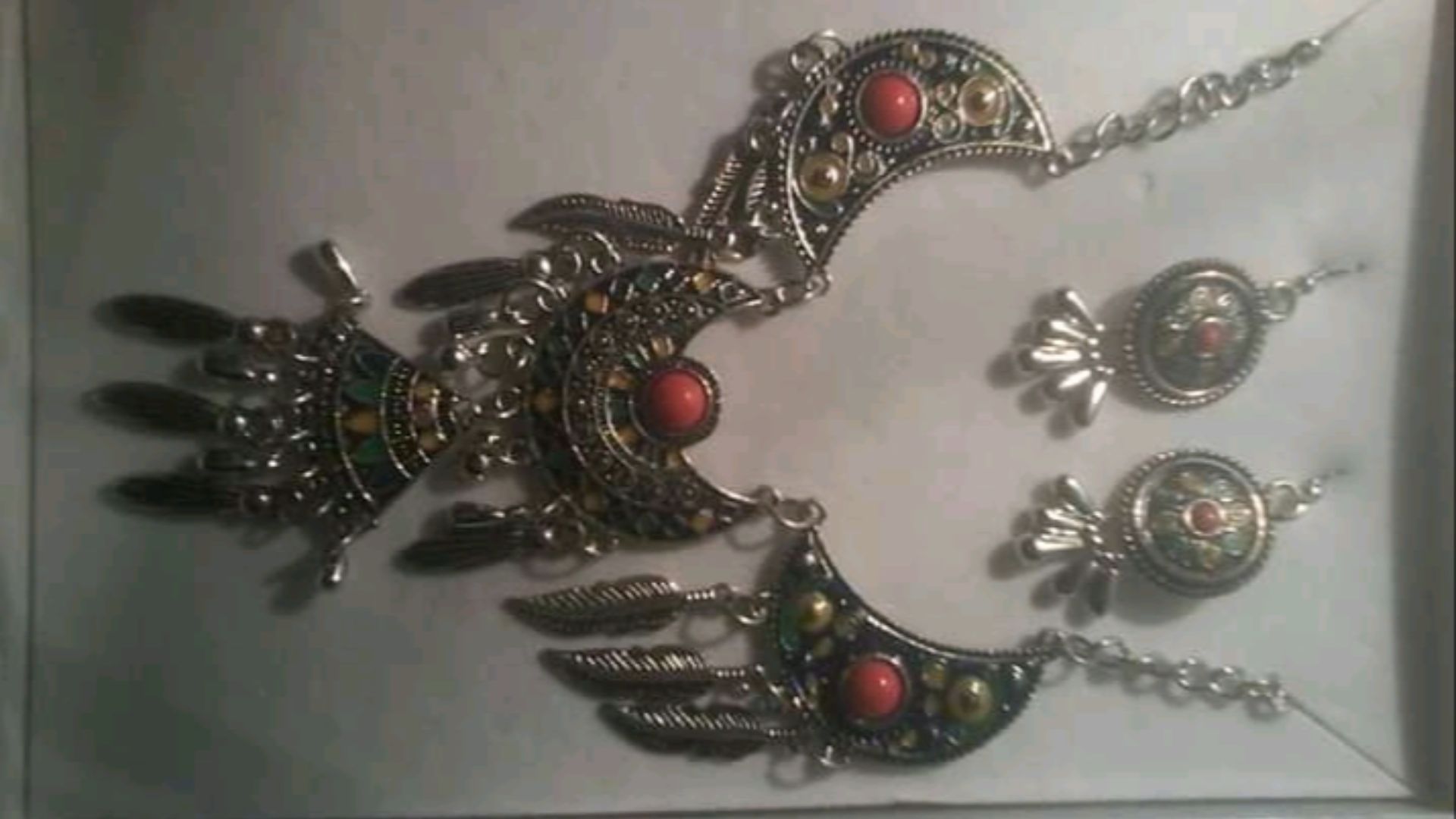 This Rabie abbassa on Wikimedia
This Rabie abbassa on Wikimedia
2. Afghanistan
Traditional Afghan jewelry consists of chunky tribal jewelry originating from the Kochi tribe. These pieces are typically made with string, robust materials, and precious stones from the highlands like rubies, emeralds, garnets, and lapis lazuli. Designs are bold with patterns like lattice or flowers, and beads and coins are also often used.
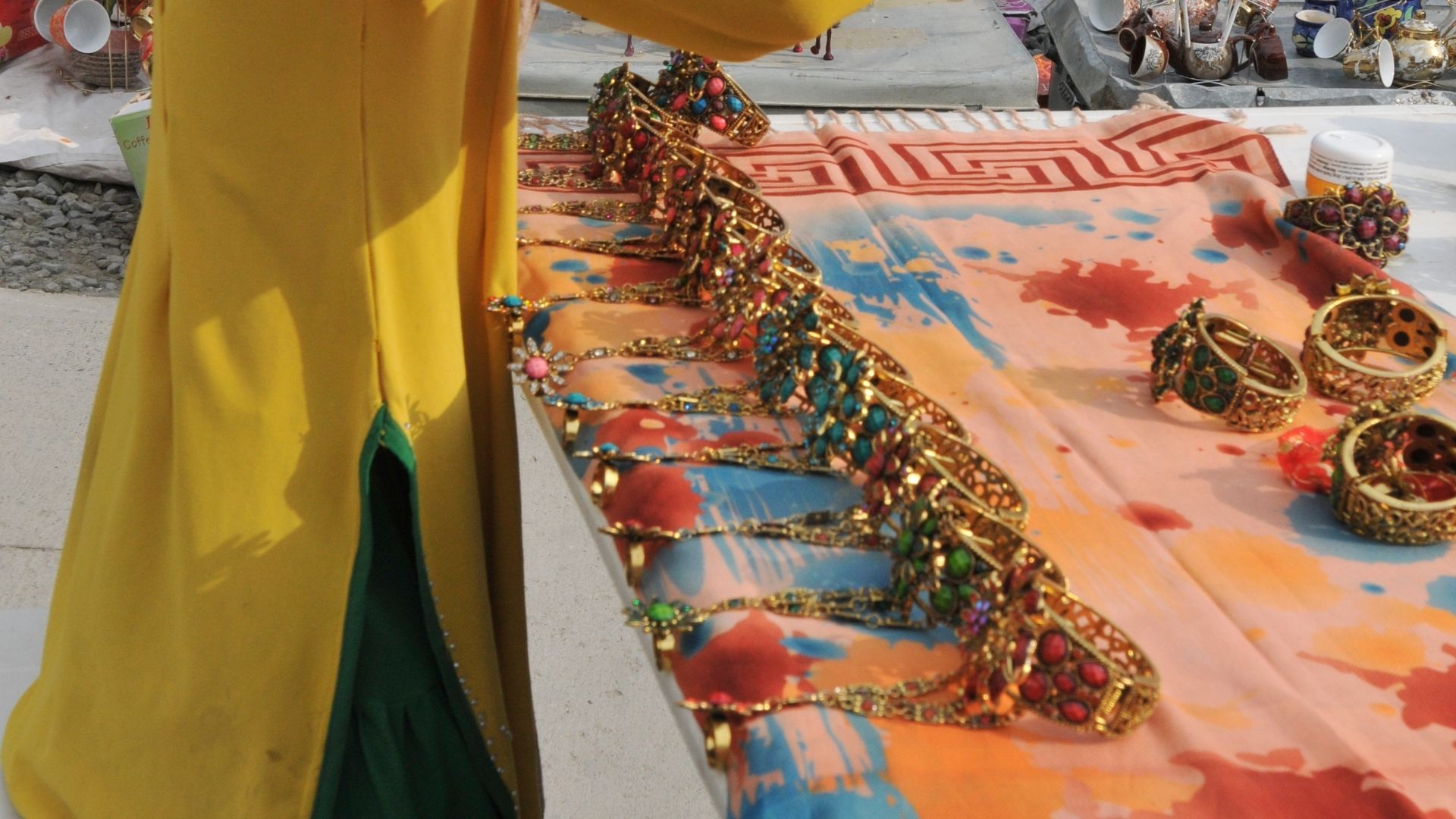 Sgt. 1st Class Timothy Lawn on Wikimedia
Sgt. 1st Class Timothy Lawn on Wikimedia
3. Antigua & Barbuda
The jewelry reflects the beautiful beaches and lush coral reefs made from natural objects like fan corals, palms, and leather. Antigua is renowned for its unique lavender-colored jade stone that is often put in their jewelry. The gemstone is referred to as the “stone of angels” and is believed to emanate pure energy for spiritual nourishment.
4. Argentina
A sun coin necklace representing the Incan God is a national symbol of Argentina deeply rooted in history. Inca rose jewelry is also traditional in Argentina, with pieces incorporating Rhodochrosite, a pink manganese mineral and national gemstone of Argentina.
5. Bangladesh
Bangladesh jewelry is established by a skilled repousse technique, enameling, filigree patterns, pink pearls, and silver or gold metals. The jewelry is delicate and lightweight with intricate designs. Various tribal pieces use silver chains, coin pendants, and colorful beads.
6. Barbados
The jewelry of Barbados echoes the Caribbean landscape and the Bajan Ethnic background. Crafters create jewelry from nature, using things like pearls, wood, and shells to make beads. Long necklaces, shell bracelets, and large hoop earrings are popular pieces that reflect the vibrant culture.
7. Brazil
Brazilians often adorn a traditional bracelet called balangandan. The name came from the sound the bracelet makes when it moves. The bracelet came from West African influence and is fastened together with charms and amulets. Traditional tribal charms represent various symbolic meanings such as a cashew fruit to represent abundance.
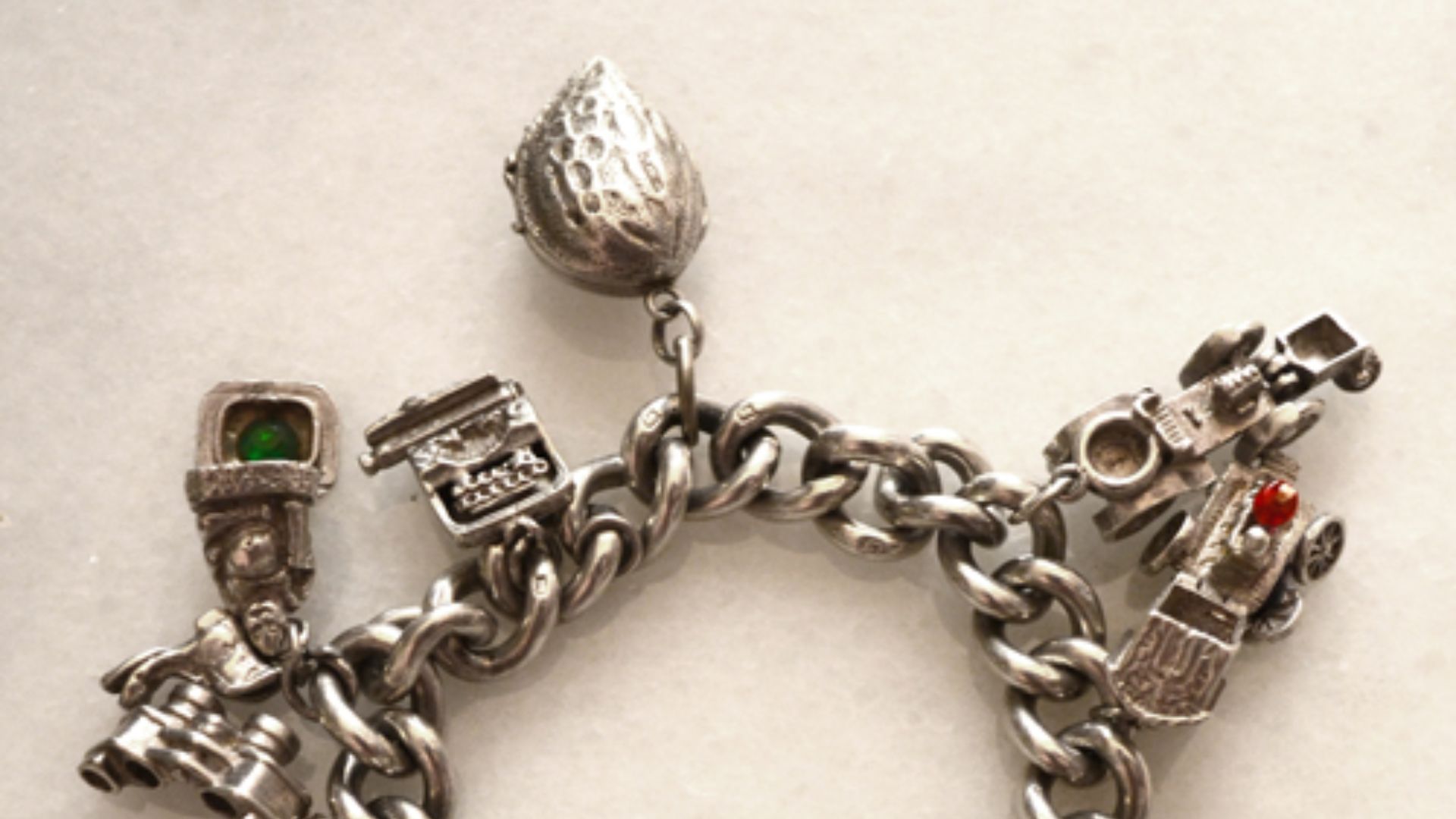 Vintage Jewellery UK on Wikimedia
Vintage Jewellery UK on Wikimedia
8. Costa Rica
With a nation known for its pura vida lifestyle, there’s no wonder Costa Rican jewelry is pure and natural. Many of their jewelry and accessories are made from sea glass, beach wood, seashells, and gemstones. Green jade stone is common in Costa Rica and is often carved and used as pendants in their jewelry.
9. Denmark
The ancient Vikings influenced Denmark’s historical jewelry designs which also reflect their Norse religious beliefs. Many pieces include motifs of Gods or symbols of the religion. Nowadays, traditional Danish jewelry design combines pendants representing Thor’s hammer and the Christian cross made from gold.
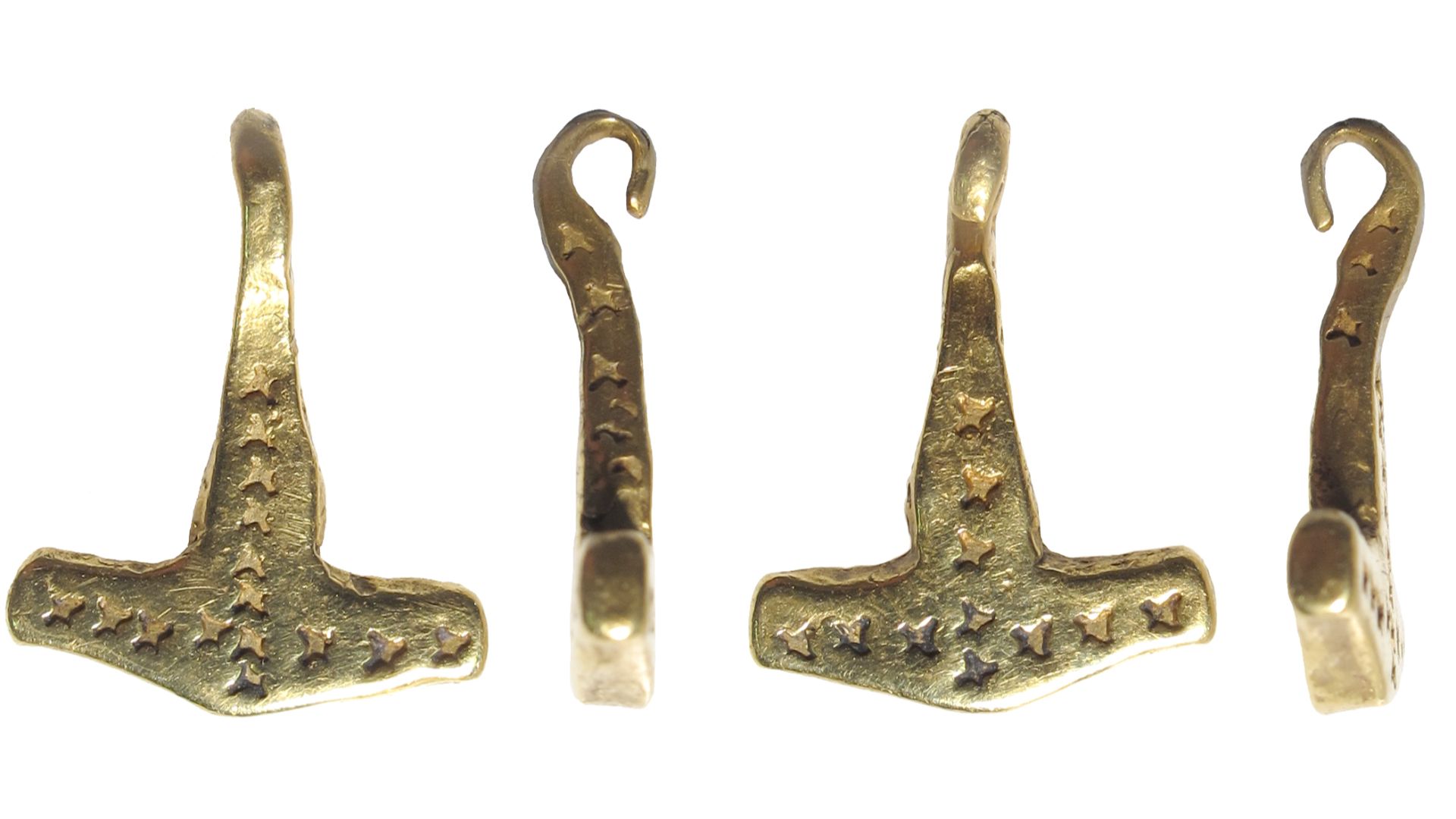 Lincolnshire County Council, Adam Daubney, 2013-04-04 14:22:46 on Wikimedia
Lincolnshire County Council, Adam Daubney, 2013-04-04 14:22:46 on Wikimedia
10. Egypt
The Egyptians are widely known for their distinctive jewelry that was preserved and excavated from the tombs and pyramids of the ancient pharaohs. One significant piece Egypt is famous for is the traditional beaded collar worn by men and women. The thick collar choker is typically made from gold embellished with colorful gemstones like turquoise and carnelian.
11. Ghana
Ghana jewelry is famous for its Krobo beads that date back to 970 CE. Today, these traditional beads are made from finely ground scarp glass molded in clay casts. The inner layer of the beads is lined with cassava leaf and the surface is painted in various colors and designs.
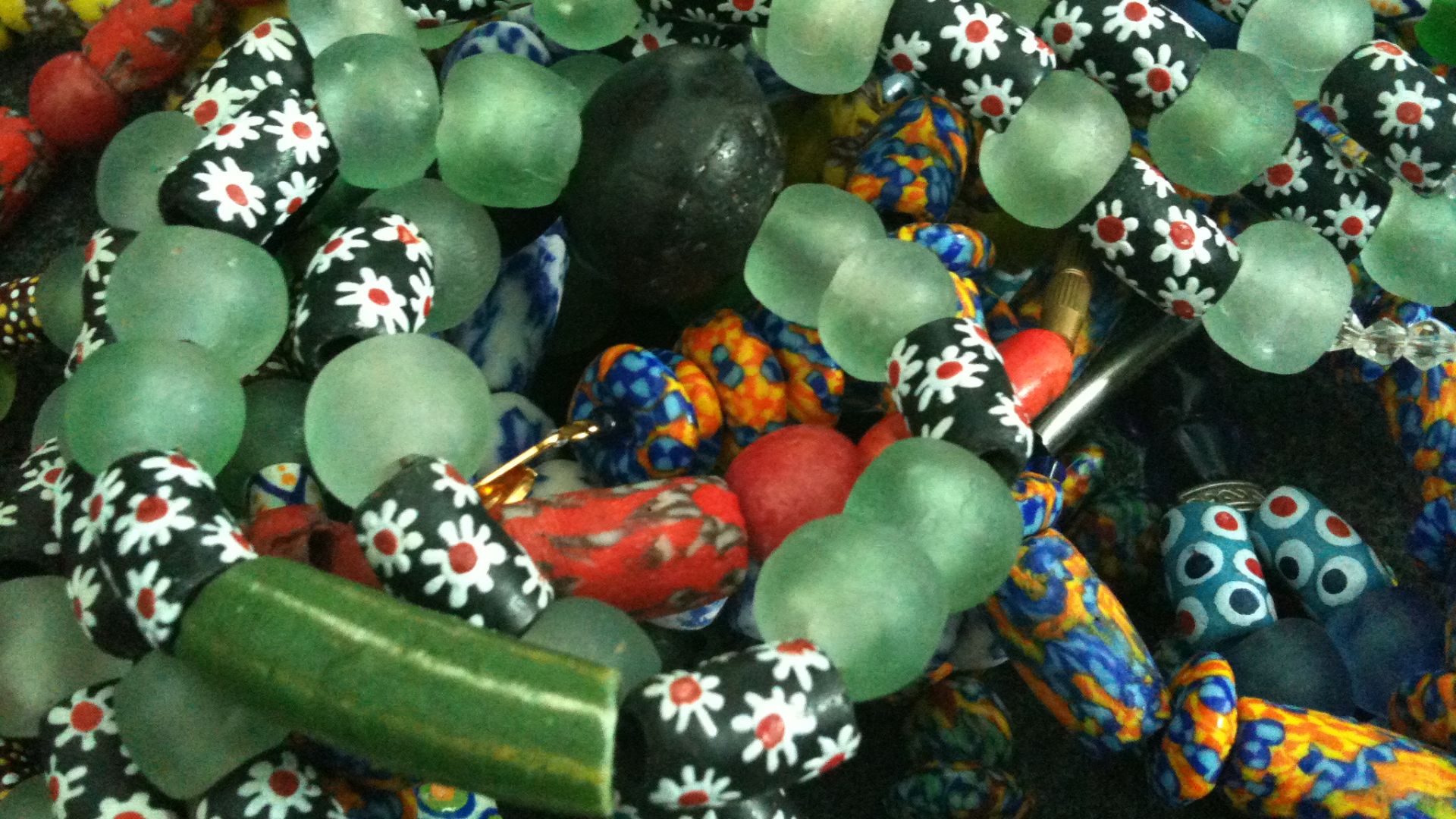 oneVillage Initiative on Wikimedia
oneVillage Initiative on Wikimedia
12. Hawaii
The Hawaiians are famous for their pukka shells. Pukka shells were once used as lucky charms for sailors, representing a peaceful journey across the ocean. The well-recognized pukka shell necklaces are made by stringing and stacking layers of shells in various sizes and colors.
13. India
India’s range of traditional jewelry reflects the nation’s diverse culture and represents various regions. Much of their jewelry can be characterized by vibrant colors, intricate detailing, and elaborate pendants. Mixing colorful beads and gemstones in one piece is common and gold is typically used in their jewelry. Stacks of bangles, head jewelry, and nose rings are significant to India’s culture.
14. Ireland
The Claddagh ring is an iconic symbol of love in Ireland. The ring features two hands cradling a heart adorning a crown. Traditionally used as an engagement ring, the hands represent the joining of hands in marriage, the heart represents love, and the crown signifies loyalty. There are many variations of the ring made from different materials and inlaid stones.
15. Japan
Japanese hairpins are traditional to their ancient culture, often featuring engravings of flowers and birds. Hair pins are used to embellish women’s hairstyles and updos. Hair pins and other jewelry are traditionally made with ivory, mother of pearl, silver, and gold elements.
16. Malaysia
Malaysia is known for its lavish gold headpieces that exhibit a blend of Chinese and Indian heritage. One distinctly Malaysian headpiece originates from the ancient Langkausa empire called a Kecopong. The design is distinguished by its tall layered tower that sits on an ornate base and is often made of shimmering gold.
17. Nepal
Nepal is a nation with several traditional jewelry pieces one of them being a potte necklace. Potte necklaces are traditionally given to a bride by the mother-in-law on the day of the wedding. It’s a long necklace made from clusters of stringed glass beads with red being the most dominant color.
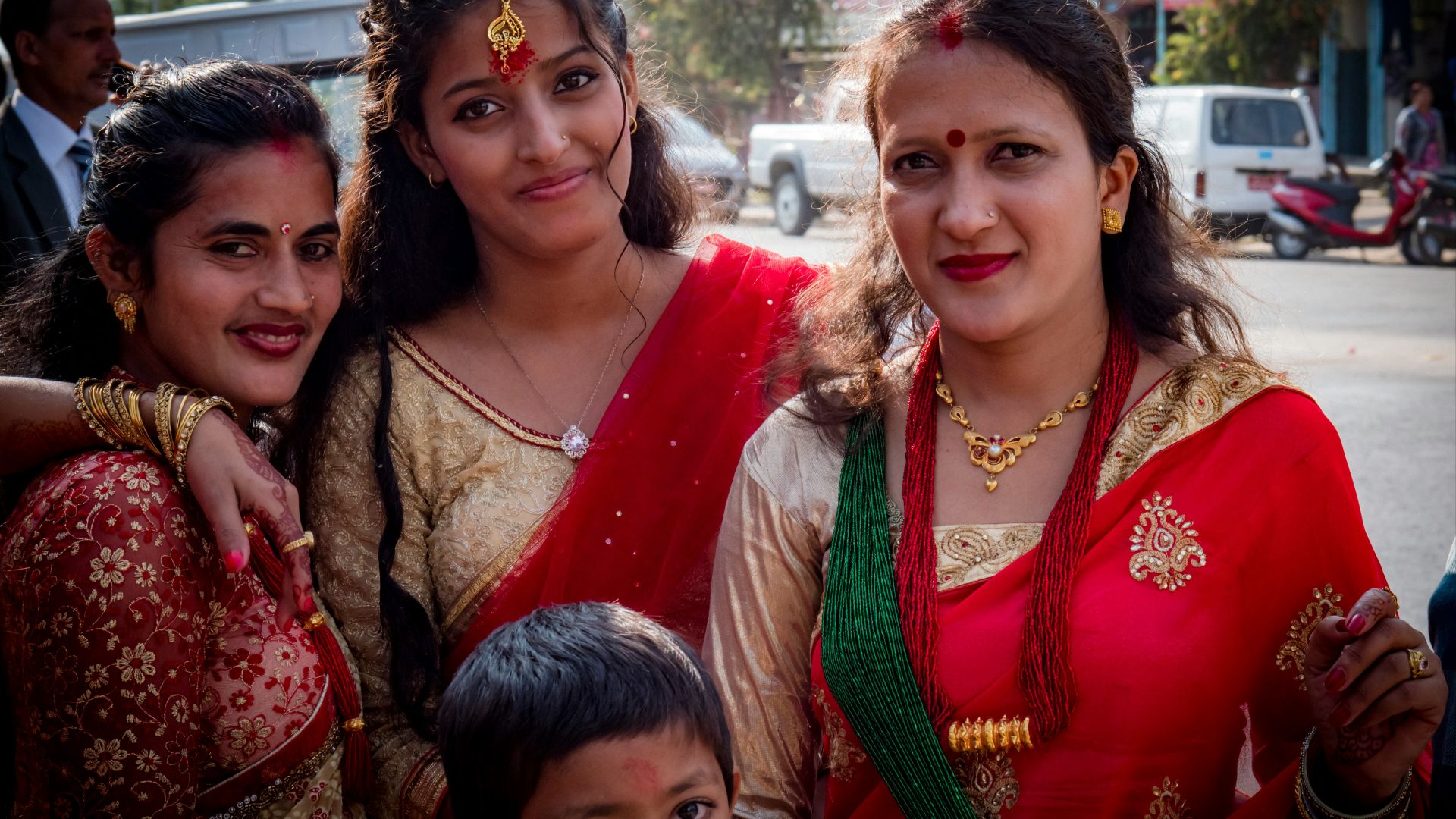 sippakorn yamkasikorn on Unsplash
sippakorn yamkasikorn on Unsplash
18. Russia
Russia has a few key pieces that are traditional to their cultural heritage. The most widely known jewelry is a classic pearl necklace. Russia is also known for jewelry called kolodochka which is a design that replicates a serpent, made from tightly knit beads or chains.
19. Tanzania
Earlobe stretching is a practice from the Maasai tribe that is intended to augment their beauty. Maasai people wear large earplugs made from stones, wood, or animal tusks. Women of the tribe often adorn additional ear piercings with massive chandelier earrings made from colorful natural beads.
20. Turkey
Traditional jewelry in Turkey is known best for its array of gemstones. Turkish women tend to wear jewelry embellished with sapphires, rubies, or emeralds whereas then men lean towards agates, turquoise, or tiger-eyes. From chokers to earrings, pieces are typically made with an appreciation for the natural shape of the gemstones.



